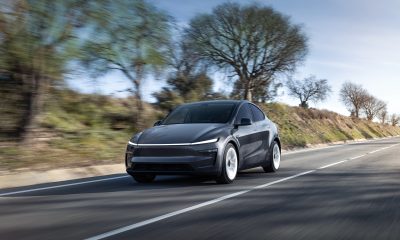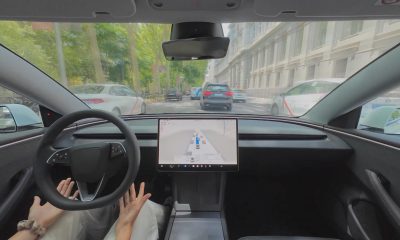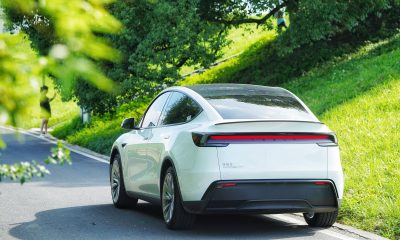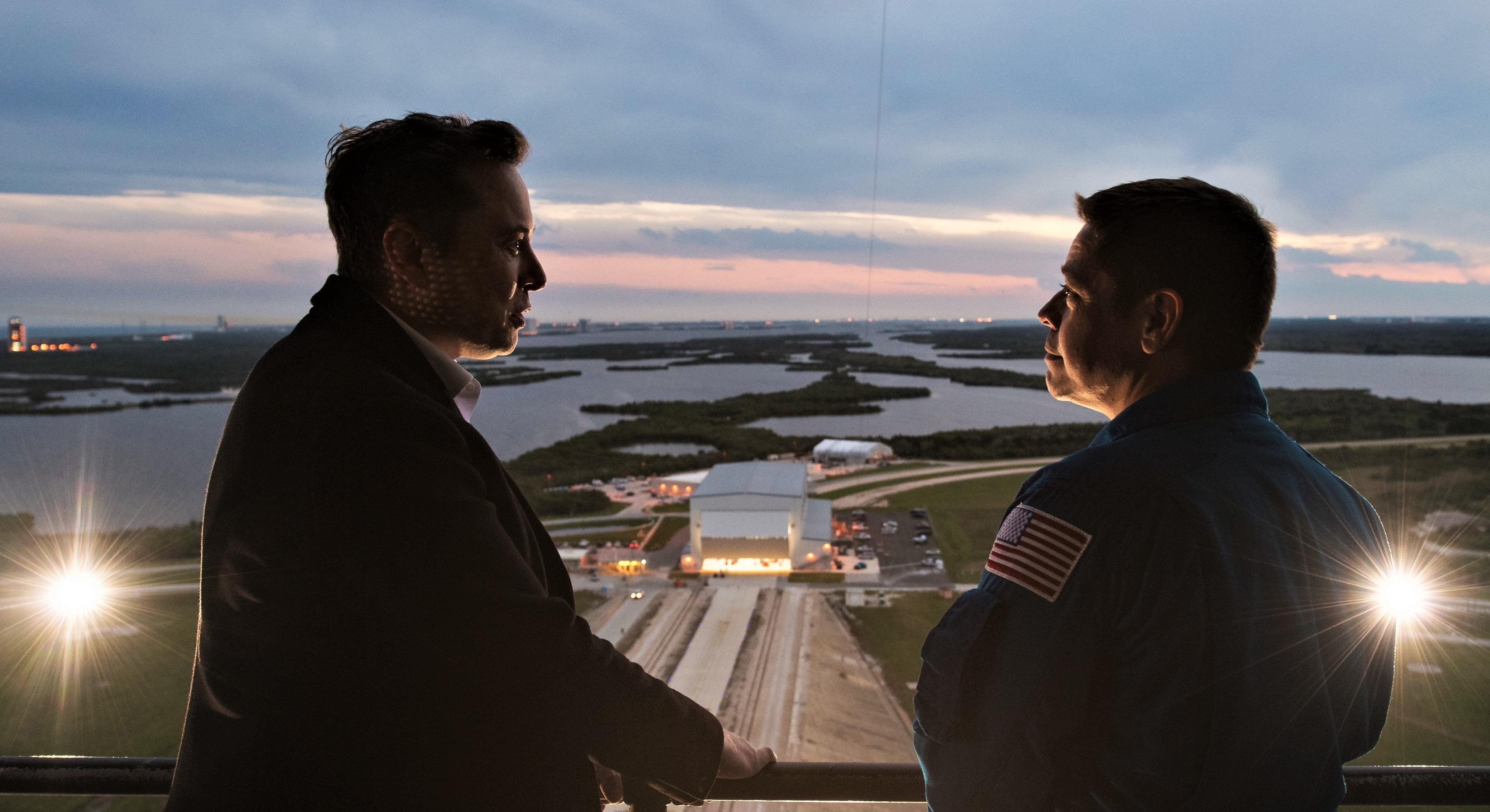

Lifestyle
Elon Musk and the electric (VTOL supersonic jet) plane that could
Elon Musk is a lot of things to a lot of people, but there’s something very interesting about him that drives most others: If he thinks something is worth improving, there’s more than a coin’s toss of a chance he’s going to make a go of it.
Now, Musk is a fantastically creative guy and all, but I’m not here to shower him with accolades (today anyhow). I’m setting the stage to discuss the next so-called improbable thing he might take on in the near future.
“I have an idea for a vertical takeoff and landing supersonic jet.”
— Elon Musk, every time the subject of electric planes comes up, to include almost never using the VTOL abbreviation for some reason that’s probably very unimportant. —
At this point, I’ve seen a few video montages of our serial entrepreneur saying this very thing word-for-word without fail to the point that it’s amusing. Wait, that’s not totally correct. In Musk’s Iron Man 2 cameo, he tells the (fake) Tony Stark that he (the real Tony Stark) has an idea for (just) an electric jet. I’m not sure if I cringe at the scene because it’s so awkward or because he went off-script on the plane’s usual description, but I digress.
Following Musk’s lead, the Tesla crowd has jumped on this electric plane idea a few times now, hashing out the particular advantages and hiccups that would be involved in battery-electric flight. It turns out that, along with reductions in carbon emissions (air travel is estimated to globally contribute 12% of the transportation-based carbon being pumped into the atmosphere), electric planes are fairly cost-effective even with the current state of battery technology.
Swapping Jet A (kerosine plane fuel) for a battery can bring a reduction of 60-80% in operating costs, 80% lower emissions and noise, and a 40% reduction in runway needs (not including VTOL), according to numbers crunched by one of the startups in the nascent electric aviation industry, Zunum Aero. Also, around 75% of all flights are domestic, and out of those, around half are under 700 miles and 20% are under 350 miles. Those mileage stats work out very well for current electric aircraft hopefuls as their planes have proposed travel distances of around 350-700 miles.

A few companies have thrown their hats in the ring along with Zunum Aero such as Airbus/Siemens, Eviation, and BYE Aerospace, but one has specifically cited Tesla as an inspiration for its business model. Los Angeles-based Wright Electric announced plans last year to bring to market a 9-seat electrified aircraft with a range of at least 340 miles, covering a distance of nearly 44% of all flights. CEO Jeff Engler spoke with Teslarati about Wright’s development plans last July:
“Our plan is similar to the Tesla approach, in the sense that they started with the Roadster and then scaled up to larger more mass market vehicles. Our first plane to market will be a premium aircraft meant to travel short distances with a small number of passengers… perfect for intercity flights and recreational activities like skydiving. This initial program is the springboard for development of larger longer-range aircraft.”
With so many players already on board with electric flight, the next question then becomes whether Elon Musk is still interested in developing an electric vertical takeoff and landing supersonic jet. He’s led on so much technology already, perhaps word has finally gotten out on the (global) street that it’s okay to be stubborn about making big changes where they’re needed.

He’s certainly still thinking about it at least. Last week the CEO had a discussion about the concept on Twitter (Musk’s go-to idea playground), commenting that while yes, electric planes are possible, the range is still too limited. Battery density is the hangup, and they need about 400 Wh/kg energy density or better to really be viable.
Tesla’s current battery density is about 250 Wh/kg (300 Wh/kg on a high cycle), but their recent acquisition of Maxwell Technologies could indicate some serious progress in that direction is around the corner. The new Tesla addition is known to use dry electrodes to reach higher levels of energy density and has identified a “path” to reaching 500 Wh/kg. Or in other words, Maxwell and Tesla together could make electric planes a commercially viable idea.
On Musk’s infamous sit-down with Joe Rogan last September, however, he kind of dismissed the idea for the near future. “I have a lot on my plate,” he explained on the podcast. “The electric airplane isn’t necessary right now. Electric cars are important. Solar energy is important. Stationary storage of energy is important. These things are much more important than creating an electric supersonic VTOL.”
Let’s assume for a minute that he’s definitely going to go for it. Maybe Musk gets stuck at an airport one day because his plane can’t take off thanks to a late fuel tanker delivery or something. The tweet storm we’d see might go something like…

The question then becomes what, exactly, is Musk’s idea? This talk about the technology needing energy density is great and all, but as seen with Wright Electric and similar ventures, regional air travel is doable without Tesla’s shock-jock-of-sorts guiding the way.
Musk seems hung up on the “supersonic” aspect that no one’s really talking about, but supersonic passenger jets haven’t been around since Concord waved goodbye in 2003, and sonic boom complaints are an inescapable matter of physics (as are all complaints, really). Also, I highly doubt he’s thinking air taxis, although Uber has a foot in that door and he’s taking them on with the Tesla Network eventually.
What do you think Musk has in mind? And, whatever his idea…will he actually do it? Let me know in the comments below!
Elon Musk
X account with 184 followers inadvertently saves US space program amid Musk-Trump row
Needless to say, the X user has far more than 184 followers today after his level-headed feat.
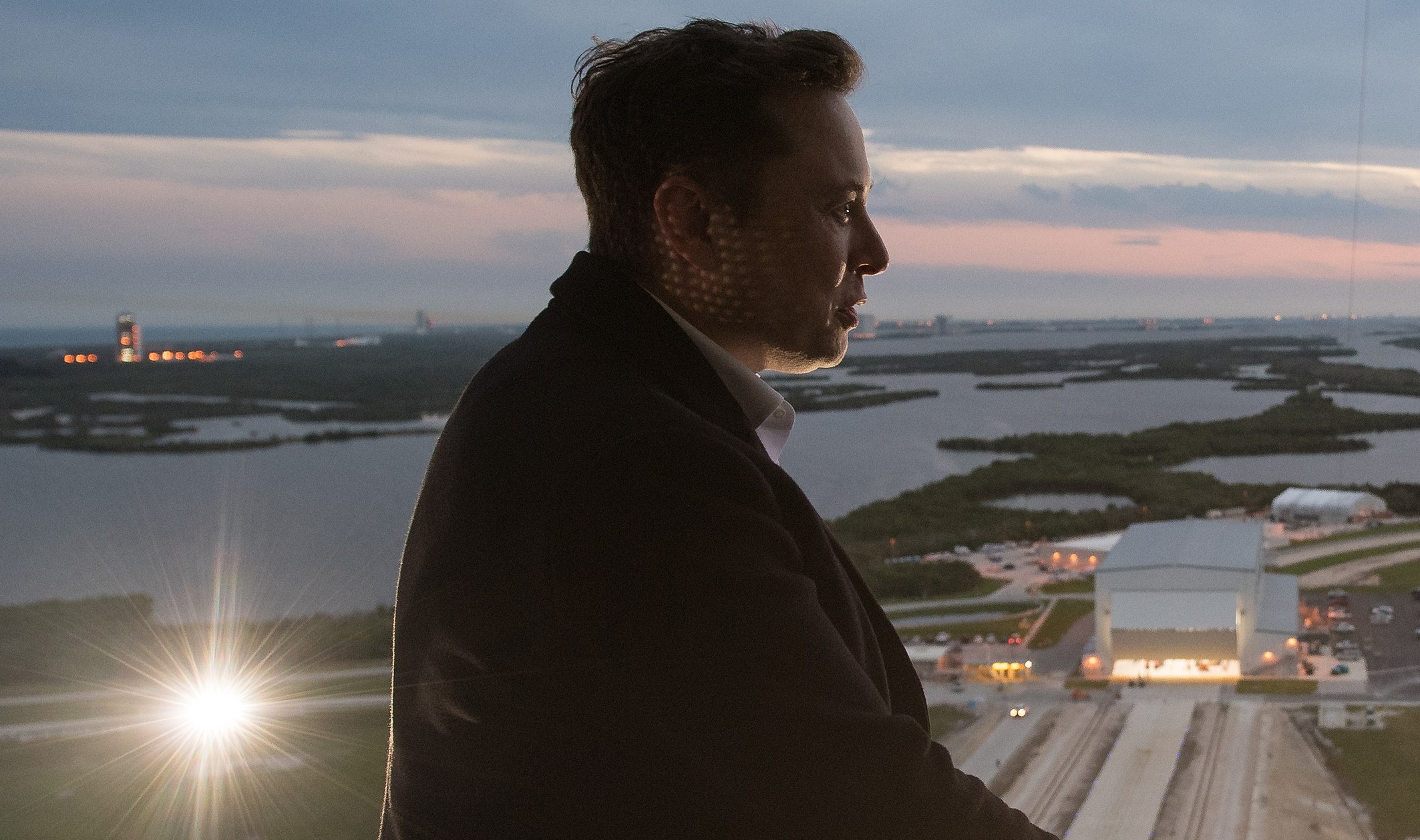
An X user with 184 followers has become the unlikely hero of the United States’ space program by effectively de-escalating a row between SpaceX CEO Elon Musk and President Donald Trump on social media.
Needless to say, the X user has far more than 184 followers today after his level-headed feat.
A Near Fall
During Elon Musk and Donald Trump’s fallout last week, the U.S. President stated in a post on Truth Social that a good way for the United States government to save money would be to terminate subsidies and contracts from the CEO’s companies. Musk responded to Trump’s post by stating that SpaceX will start decommissioning its Dragon spacecraft immediately.
Musk’s comment was received with shock among the space community, partly because the U.S. space program is currently reliant on SpaceX to send supplies and astronauts to the International Space Station (ISS). Without Dragon, the United States will likely have to utilize Russia’s Soyuz for the same services—at a significantly higher price.
X User to the Rescue
It was evident among X users that Musk’s comments about Dragon being decommissioned were posted while emotions were high. It was then no surprise that an X account with 184 followers, @Fab25june, commented on Musk’s post, urging the CEO to rethink his decision. “This is a shame this back and forth. You are both better than this. Cool off and take a step back for a couple days,” the X user wrote in a reply.
Much to the social media platform’s surprise, Musk responded to the user. Even more surprising, the CEO stated that SpaceX would not be decommissioning Dragon after all. “Good advice. Ok, we won’t decommission Dragon,” Musk wrote in a post on X.
Not Planned, But Welcomed
The X user’s comment and Musk’s response were received extremely well by social media users, many of whom noted that @Fab25june’s X comment effectively saved the U.S. space program. In a follow-up comment, the X user, who has over 9,100 followers as of writing, stated that he did not really plan on being a mediator between Musk and Trump.
“Elon Musk replied to me. Somehow, I became the accidental peace broker between two billionaires. I didn’t plan this. I was just being me. Two great minds can do wonders. Sometimes, all it takes is a breather. Grateful for every like, DM, and new follow. Life’s weird. The internet’s weirder. Let’s ride. (Manifesting peace… and maybe a Model Y.)” the X user wrote.
Lifestyle
Tesla Cybertruck takes a bump from epic failing Dodge Charger
The Cybertruck seemed unharmed by the charging Charger.
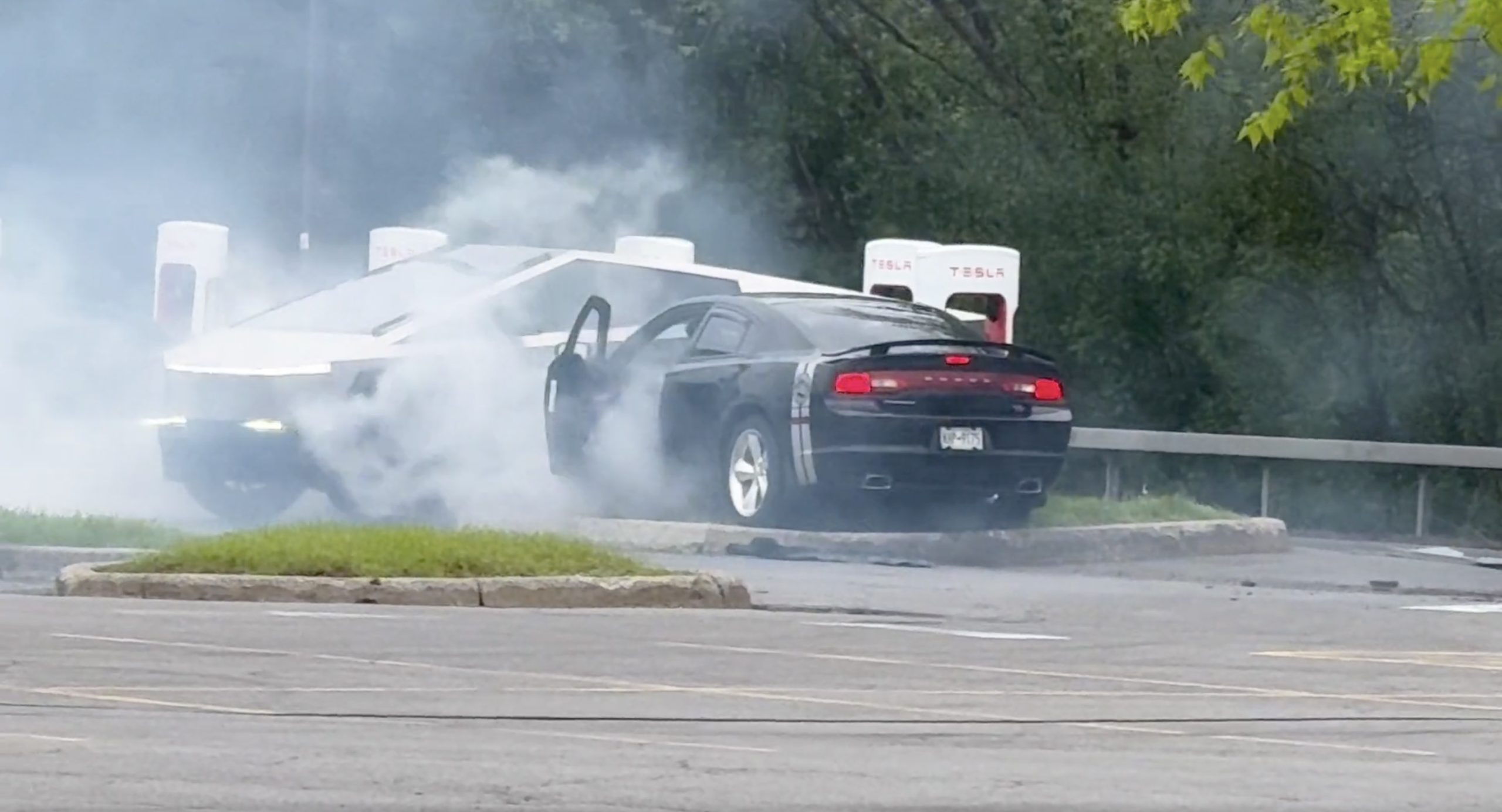
There comes a time in a driver’s life when one is faced with one’s limitations. For the driver of a Dodge Charger, this time came when he lost control and crashed into a Tesla Cybertruck–an absolute epic fail.
A video of the rather unfortunate incident was shared on the r/TeslaLounge subreddit.
Charging Charger Fails
As could be seen in the video, which was posted on the subreddit by Model Y owner u/Hammer_of_something, a group of teens in a Dodge Charger decided to do some burnouts at a Tesla Supercharger. Unfortunately, the driver of the Charger failed in his burnout or donut attempt, resulting in the mopar sedan going over a curb and bumping a charging Cybertruck.
Ironically, the Dodge Charger seemed to have been parked at a Supercharger stall before its driver decided to perform the failed stunt. This suggests that the vehicle was likely ICE-ing a charging stall before it had its epic fail moment. Amusingly enough, the subreddit member noted that the Cybertruck did not seem like it took any damage at all despite its bump. The Charger, however, seemed like it ran into some trouble after crashing into the truck.
Alleged Aftermath
As per the the r/TeslaLounge subreddit member, the Cybertruck owner came rushing out to his vehicle after the Dodge Charger crashed into it. The Model Y owner then sent over the full video of the incident, which clearly showed the Charger attempting a burnout, failing, and bumping into the Cybertruck. The Cybertruck owner likely appreciated the video, in part because it showed the driver of the Dodge Charger absolutely freaking out after the incident.
The Cybertruck is not an impregnable vehicle, but it can take bumps pretty well thanks to its thick stainless steel body. Based on this video, it appears that the Cybertruck can even take bumps from a charging Charger, all while chilling and charging at a Supercharger. As for the teens in the Dodge, they likely had to provide a long explanation to authorities after the incident, since the cops were called to the location.
Lifestyle
Anti-Elon Musk group crushes Tesla Model 3 with Sherman tank–with unexpected results
Ironically enough, the group’s video ended up highlighting something very positive for Tesla.
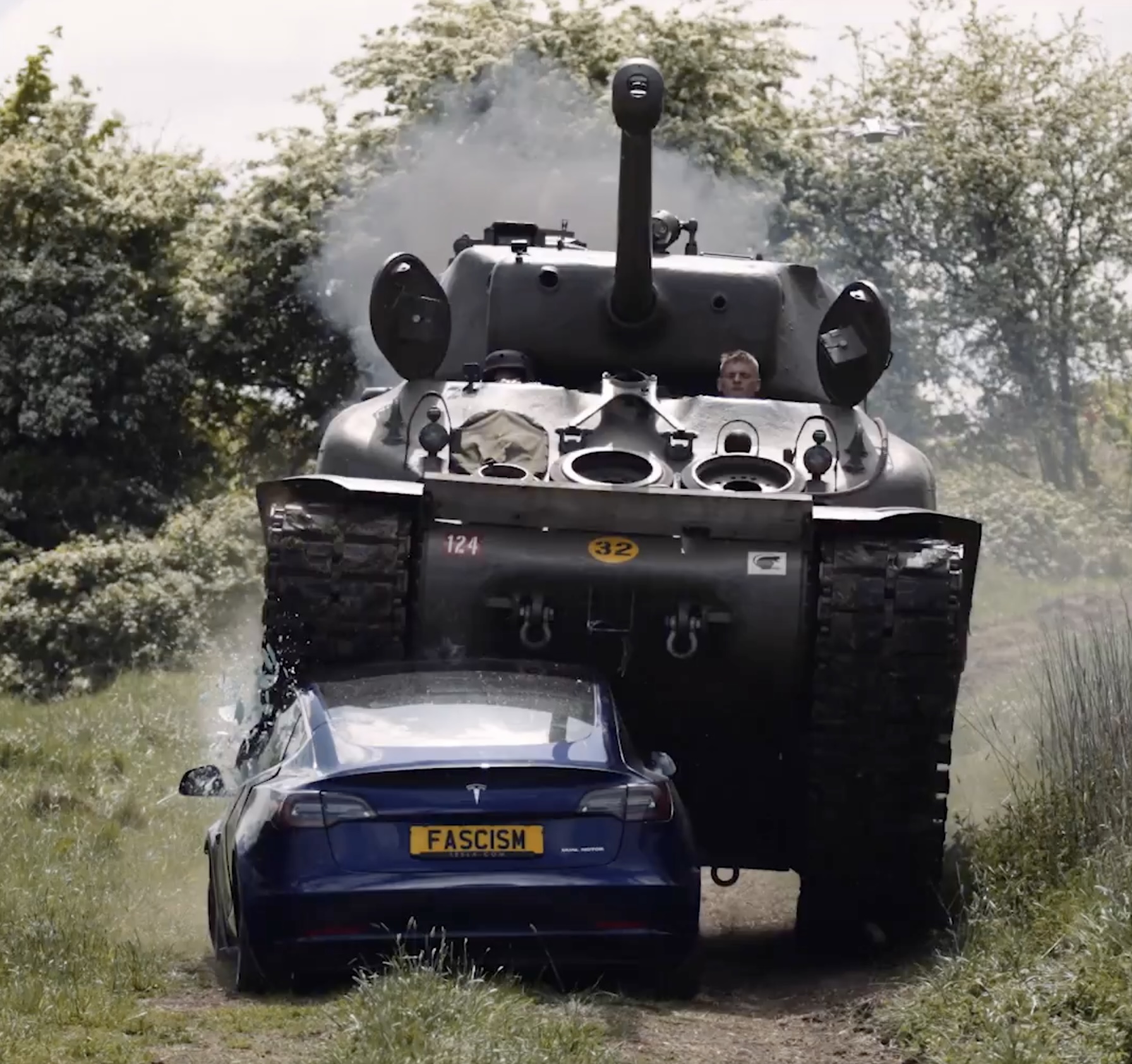
Anti-Elon Musk protesters and critics tend to show their disdain for the CEO in various ways, but a recent video from political action group Led By Donkeys definitely takes the cake when it comes to creativity.
Ironially enough, the group’s video also ended up highlighting something very positive for Tesla.
Tank vs. Tesla
In its video, Led By Donkeys featured Ken Turner, a 98-year-old veteran who served in the British army during World War II. The veteran stated that Elon Musk, the richest man in the world, is “using his immense power to support the far-right in Europe, and his money comes from Tesla cars.”
He also noted that he had a message for the Tesla CEO: “We’ve crushed fascism before and we’ll crush it again.” To emphasize his point, the veteran proceeded to drive a Sherman tank over a blue Tesla Model 3 sedan, which, of course, had a plate that read “Fascism.”
The heavy tank crushed the Model 3’s glass roof and windows, much to the delight of Led By Donkeys’ commenters on its official YouTube channel. But at the end of it all, the aftermath of the anti-Elon Musk demonstration ended up showcasing something positive for the electric vehicle maker.
Tesla Model 3 Tanks the Tank?
As could be seen from the wreckage of the Tesla Model 3 after its Sherman encounter, only the glass roof and windows of the all-electric sedan were crushed. Looking at the wreckage of the Model 3, it seemed like its doors could still be opened, and everything on its lower section looked intact.
Considering that a standard M4 Sherman weighs about 66,800 to 84,000 pounds, the Model 3 actually weathered the tank’s assault really well. Granted, the vehicle’s suspension height before the political action group’s demonstration suggests that the Model 3’s high voltage battery had been removed beforehand. But even if it hadn’t been taken off, it seemed like the vehicle’s battery would have survived the heavy ordeal without much incident.
This was highlighted in comments from users on social media platform X, many of whom noted that a person in the Model 3 could very well have survived the ordeal with the Sherman. And that, ultimately, just speaks to the safety of Tesla’s vehicles. There is a reason why Teslas consistently rank among the safest cars on the road, after all.
-

 Elon Musk4 days ago
Elon Musk4 days agoTesla investors will be shocked by Jim Cramer’s latest assessment
-

 News1 week ago
News1 week agoTesla Robotaxi’s biggest challenge seems to be this one thing
-

 Elon Musk2 weeks ago
Elon Musk2 weeks agoFirst Look at Tesla’s Robotaxi App: features, design, and more
-

 News2 weeks ago
News2 weeks agoWatch Tesla’s first driverless public Robotaxi rides in Texas
-

 News2 weeks ago
News2 weeks agoSpaceX and Elon Musk share insights on Starship Ship 36’s RUD
-

 News1 week ago
News1 week agoWatch the first true Tesla Robotaxi intervention by safety monitor
-

 News2 weeks ago
News2 weeks agoTesla has started rolling out initial round of Robotaxi invites
-

 Elon Musk2 weeks ago
Elon Musk2 weeks agoTesla to launch in India in July with vehicles already arriving: report


